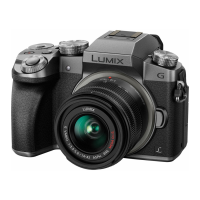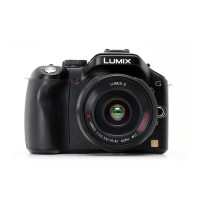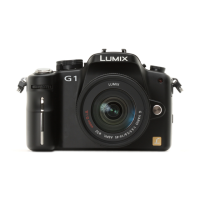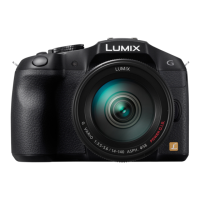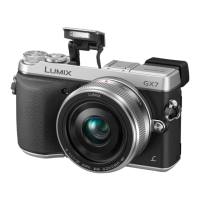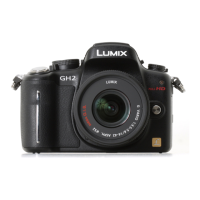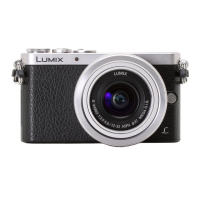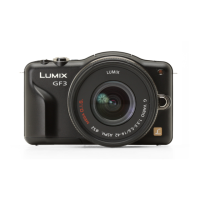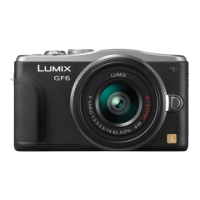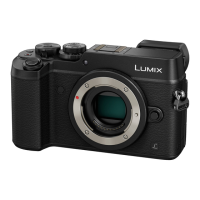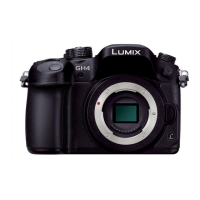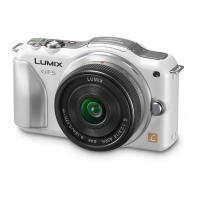Basic
- 66 -
• This will operate when the AV cable or HDMI mini cable (optional) is connected.
• This will work when the AV cable is connected.
¢1 When [VIDEO OUT] is set to [PAL]
¢2 When [VIDEO OUT] is set to [NTSC]
• If the images are not output on the TV when the setting is [AUTO], match with the image format
your TV can display, and select the number of effective scanning lines. (Please read the
operating instructions for the TV.)
• This will work when the HDMI mini cable (optional) is connected.
• Refer to P168 for details.
x [USB MODE]
Select the USB communication system after or before connecting
the camera to your PC or your printer with the USB connection
cable (supplied).
y [SELECT ON CONNECTION]:
Select either [PC] or [PictBridge(PTP)] if you connected the
camera to a PC or a printer supporting PictBridge.
{ [PictBridge(PTP)]:
Set after or before connecting to a printer supporting PictBridge.
z [PC]:
Set after or before connecting to a PC.
| [VIDEO OUT]
Set to match the colour television system in each country.
[NTSC]: Video output is set to NTSC system.
[PAL]: Video output is set to PAL system.
[TV ASPECT]
Set to match the type of TV.
[W]: When connecting to a 16:9 screen TV.
[X]: When connecting to a 4:3 screen TV.
[HDMI MODE]
Set the format for the HDMI output when playing back on the
HDMI compatible high-definition TV connected with this unit using
the HDMI mini cable (optional).
[AUTO]:
The output resolution is automatically set based on the
information from the connected TV.
[1080i]:
The interlace method with 1080 available scan lines is used for
output.
[720p]:
The progressive method with 720 available scan lines is used for
output.
[576p]
¢
1
/[480p]
¢
2
:
The progressive method with 576
¢
1
/480
¢
2
available scan lines is
used for output.
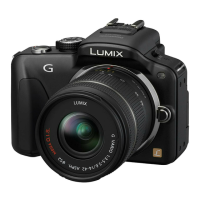
